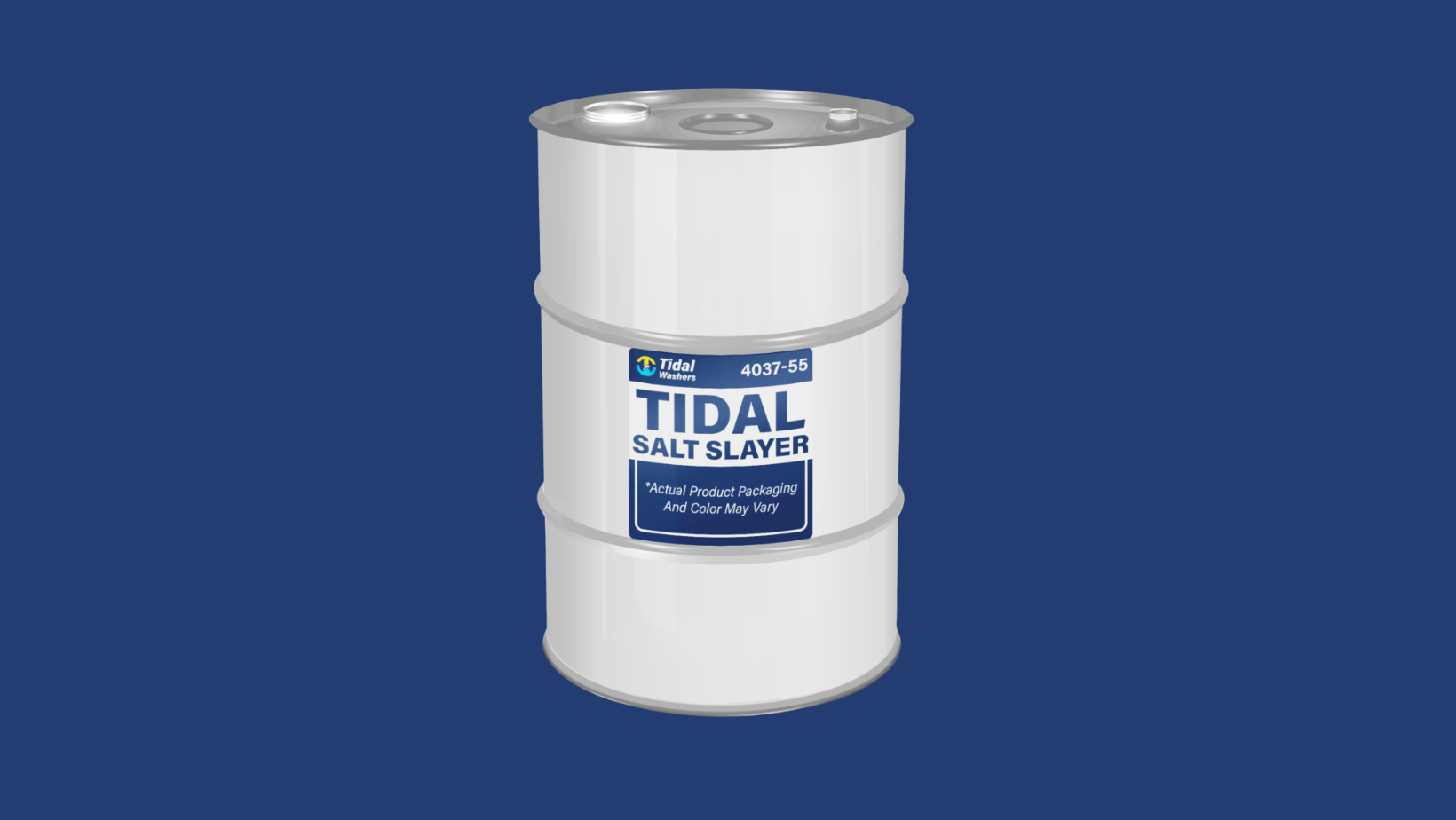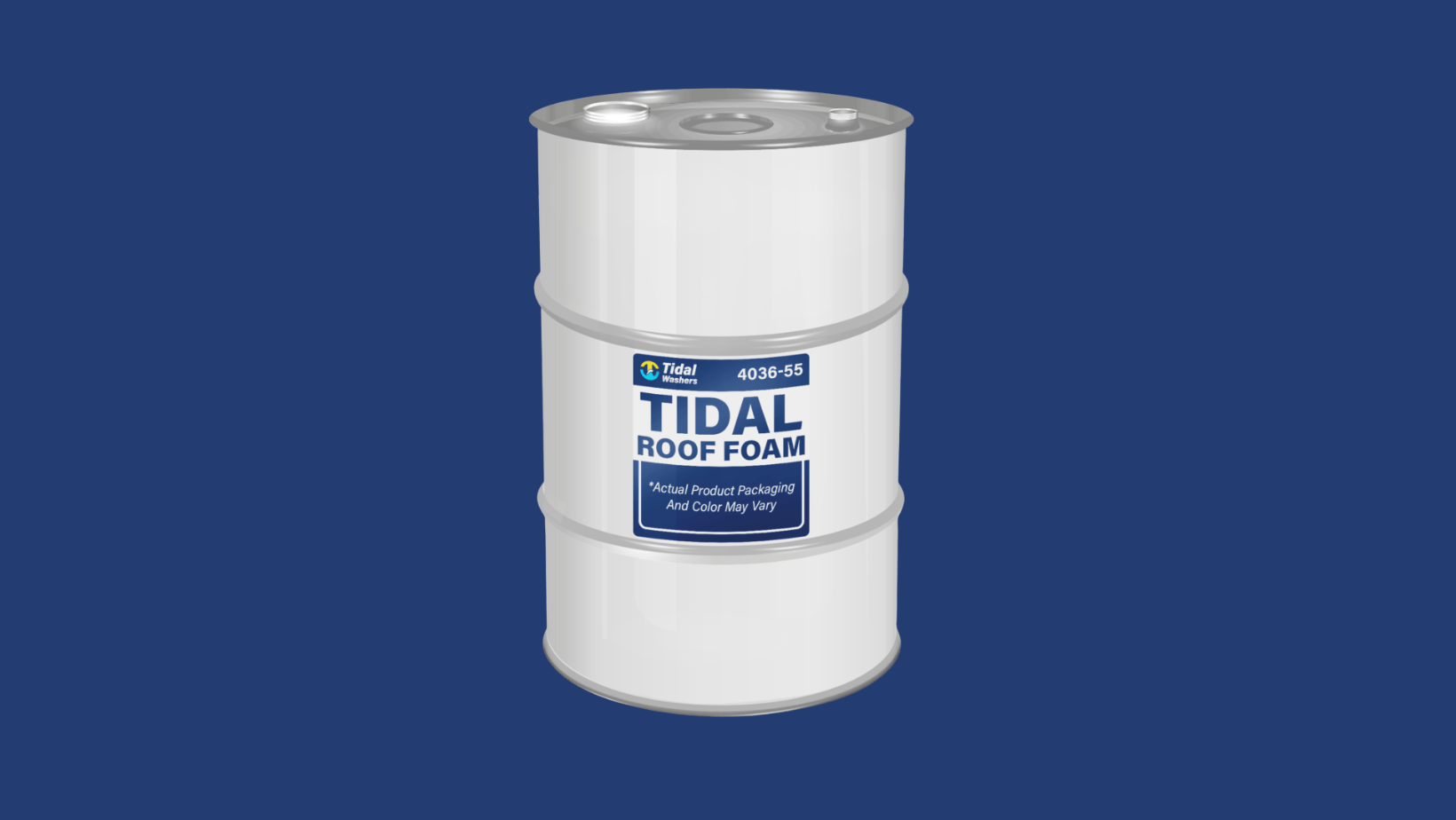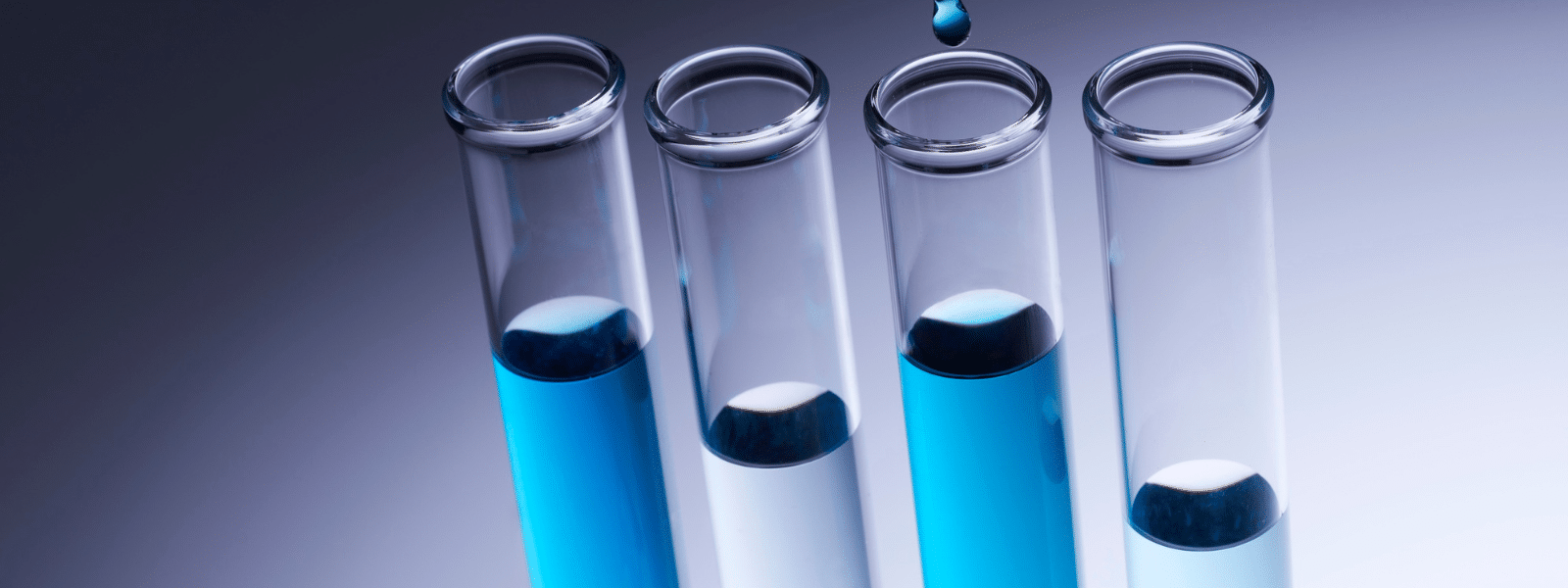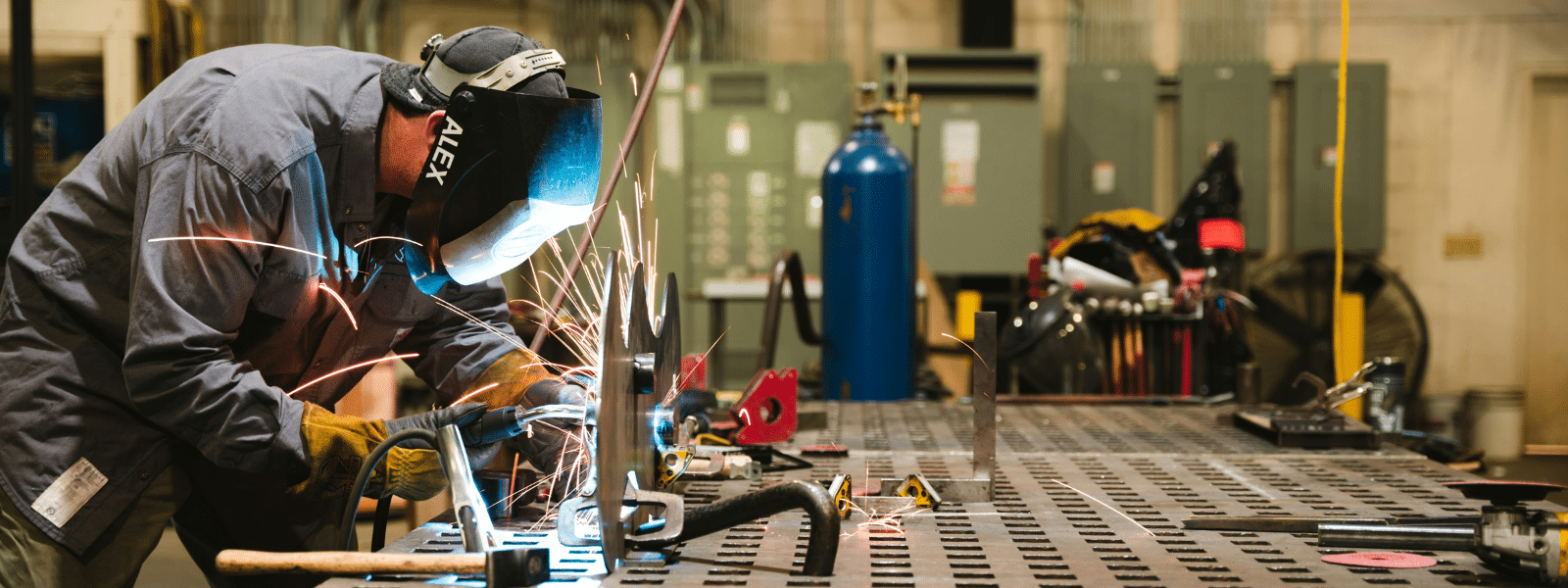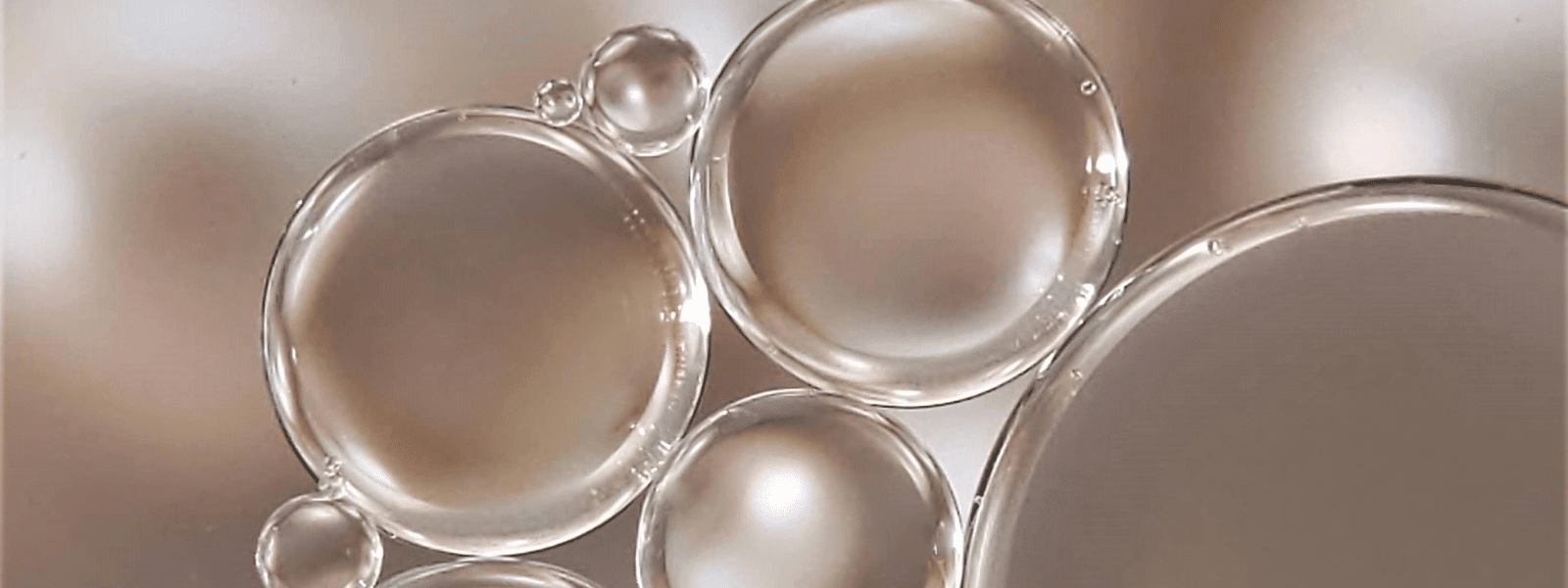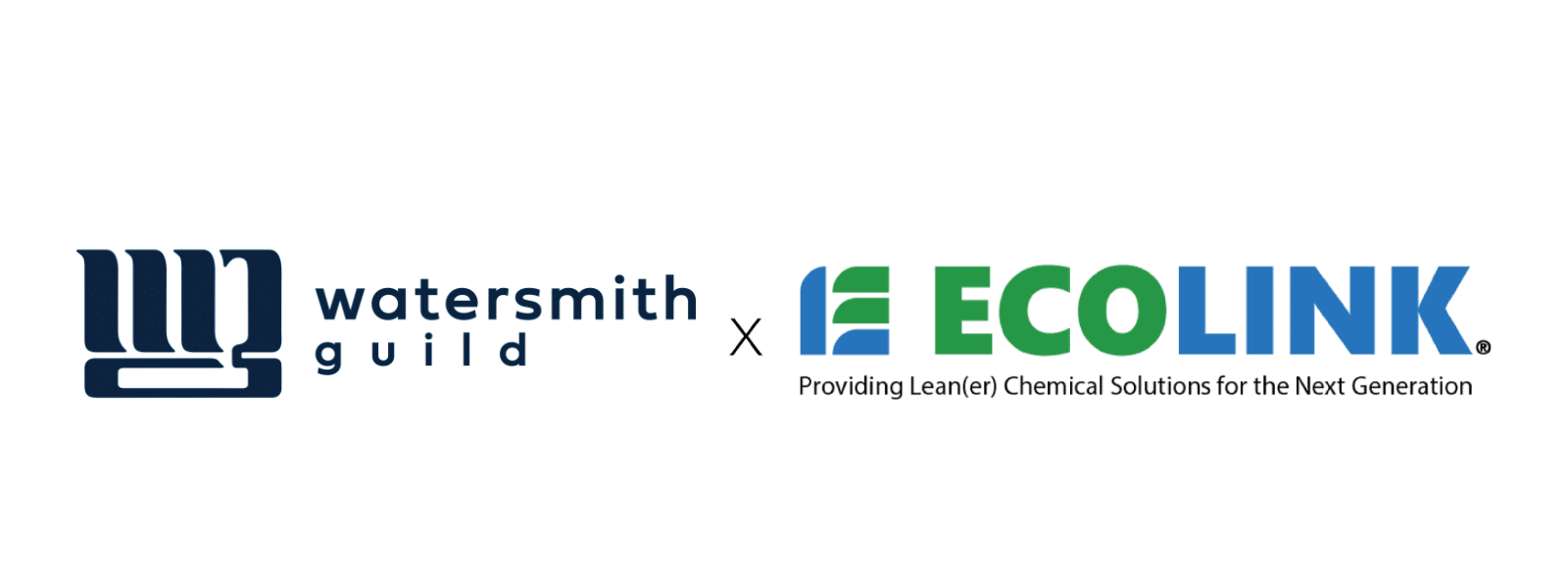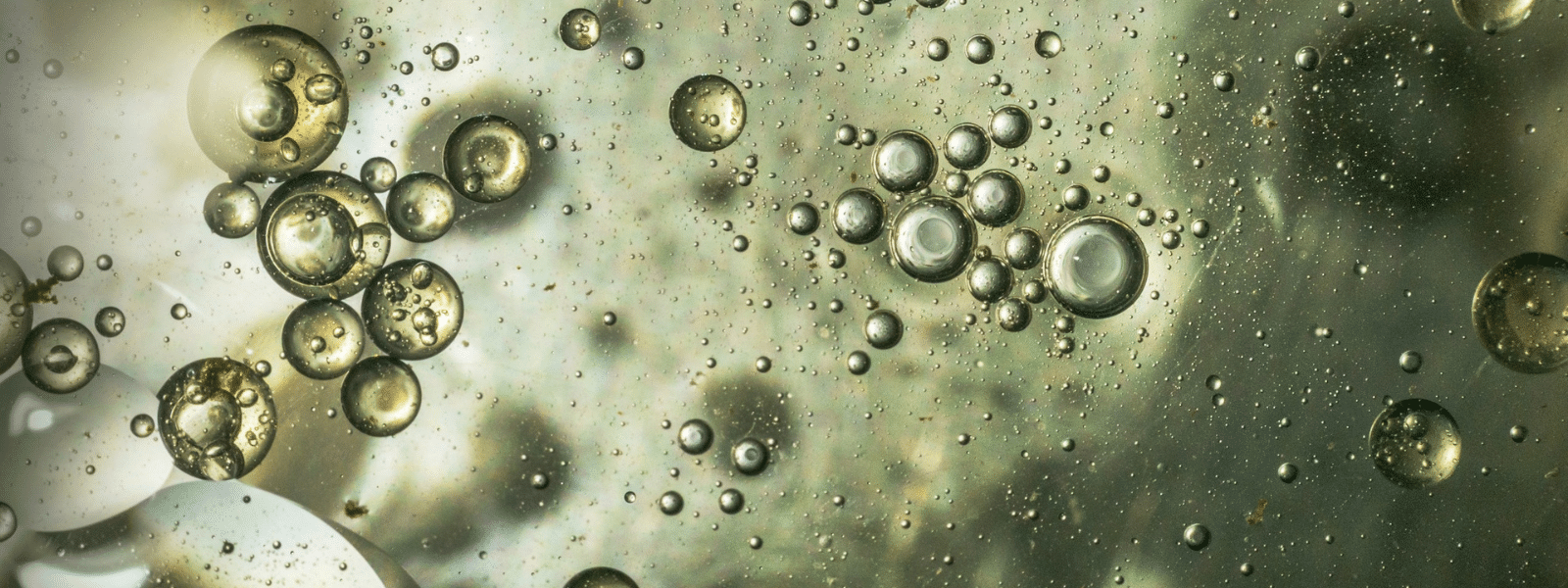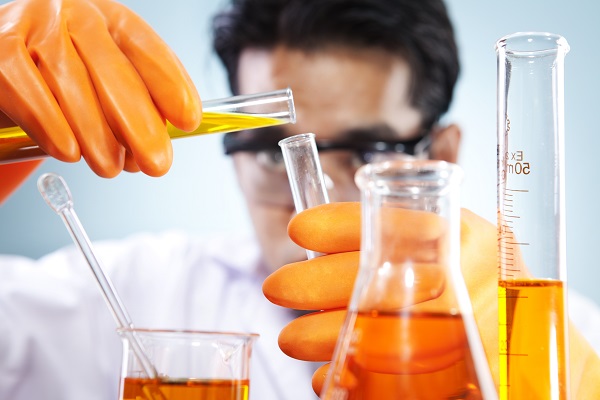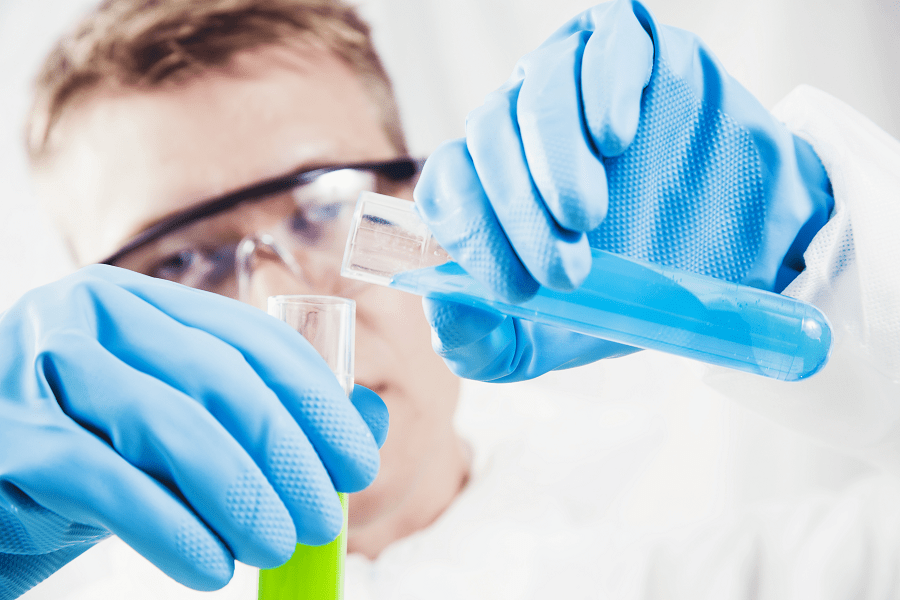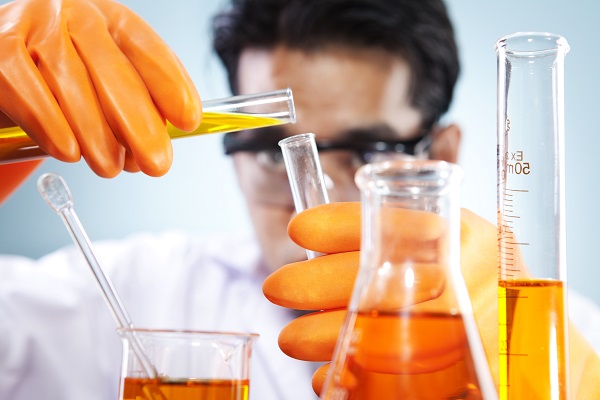Solvents, simply put, are substances capable of dissolving or extracting other substances. However, the range of solvents is diverse and some are...
Blog


CHEMICAL INDUSTRY NEWS
Chemical Chat – Discover What’s New!
The Benefits of Salt Slayer
Tidal Salt Slayer is an acidic, industrial-grade cleaning solution that primarily consists of sodium hyposulfite (10%-20% by weight). It cleanses...
Benefits of Tidal Roof Foam
Tidal Roof Foam is a roof cleaning additive whose main ingredient is lauryl dimethylamine oxide (10%-20% by weight). It is a bleach enhancer that...
What are the 4 Steps of Water Treatment
Water treatment follows a process of four steps. Follow along with the Ecolink team as we walk you through the 4 steps...
The Benefits of Salt Slayer
Tidal Salt Slayer is an acidic, industrial-grade cleaning solution that primarily consists of sodium hyposulfite...
Company News

Managed Services
Discover the Latest in Safe and Sustainable Chemical Solutions
Stay informed with Ecolink’s blog! Subscribe now
Chemical Management Information
Stay updated with us
Sign Up for the Latest Updates
Stay informed about chemical supply chain disruptions and emerging innovations to keep your business at the forefront of efficiency and innovation. Uncover new ways to make your business practices more sustainable by incorporating safer products into your cleaning lineup.




